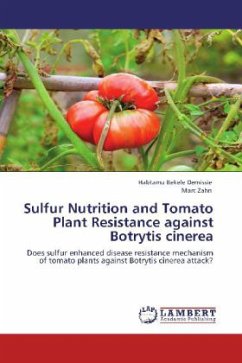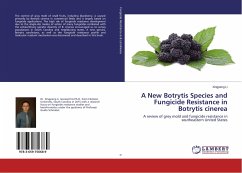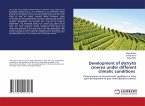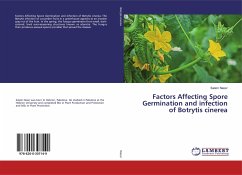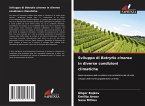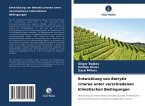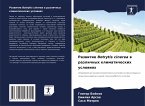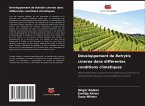Tomato (Solanum lycopersicum) is the second most consumed vegetable worldwide. Commercial cultivation of tomato is usually affected by the lack of resistance and is susceptible to grey mold (Botrytis cinerea). B. cinerea is an economically important tomato disease in temperate and subtropical regions. Many classes of fungicides have failed to control B. cinerea due to its genetic plasticity. However, partial resistance to this fungus has been identified in accessions of wild relatives of tomato such as Solanum habrochaites. Therefore, introgession lines (ILs) have been developed in order to use the wild genetic resources. IL contains a single defined chromosome segment from the donor species into a uniform genetic background (Zamir, 2001). The resistance of tomato plant against B. cinerea can be improved by an enhanced formation of S-containing defense compounds,i.e. Sulfur enhanced defense. Resistance ILs for B. cinerea attack were identified. The resistance of these ILs have enhanced with additional Sulfur supply. The findings in this book is very important for those people who are highly interested to understand the role of plant nutrients on disease resistance (Habtamu, 2012).
Bitte wählen Sie Ihr Anliegen aus.
Rechnungen
Retourenschein anfordern
Bestellstatus
Storno

